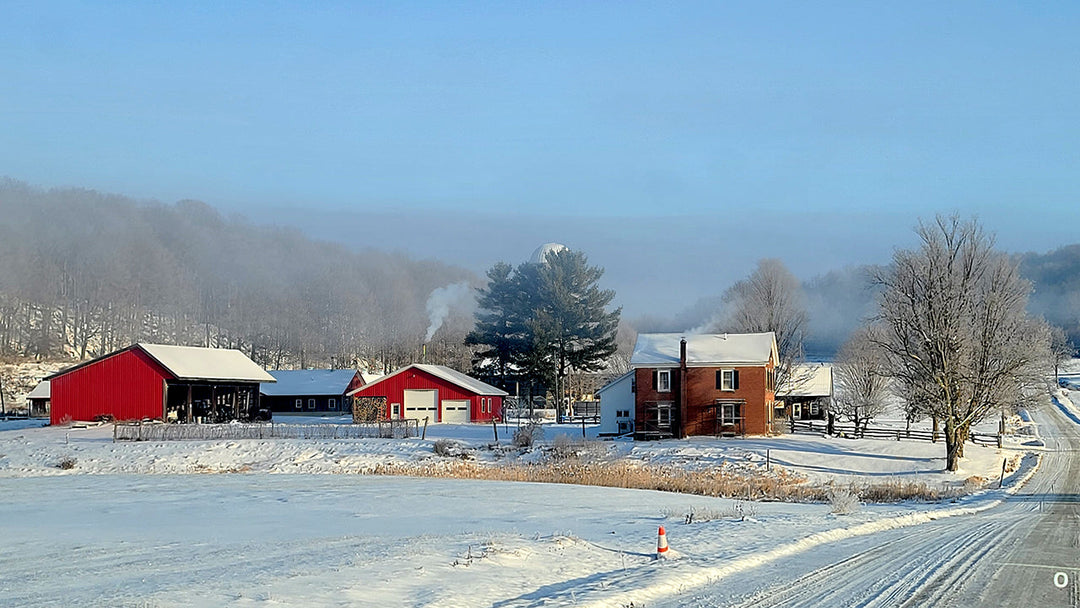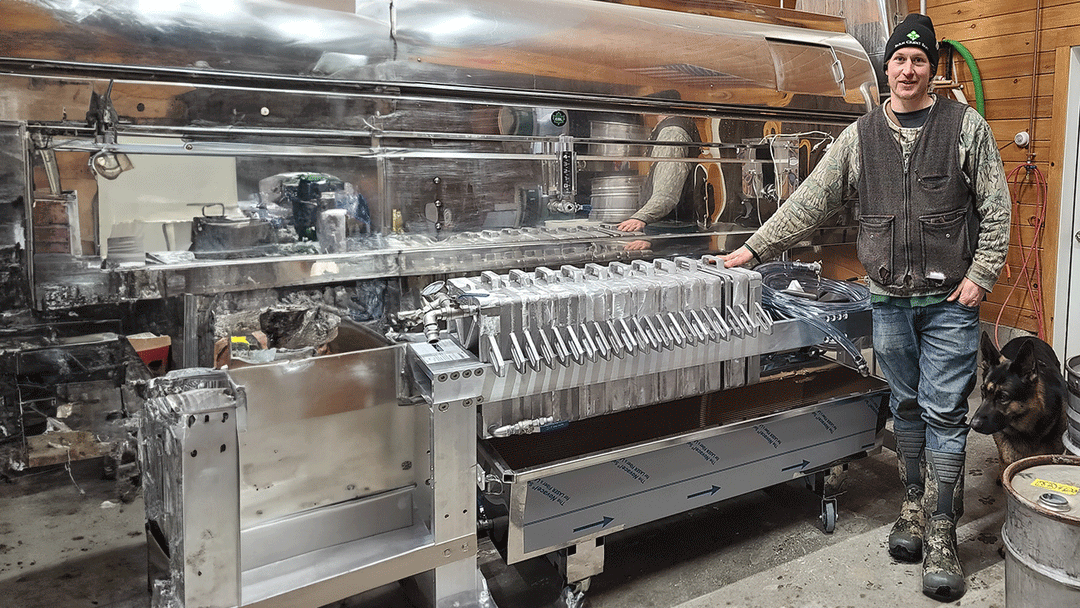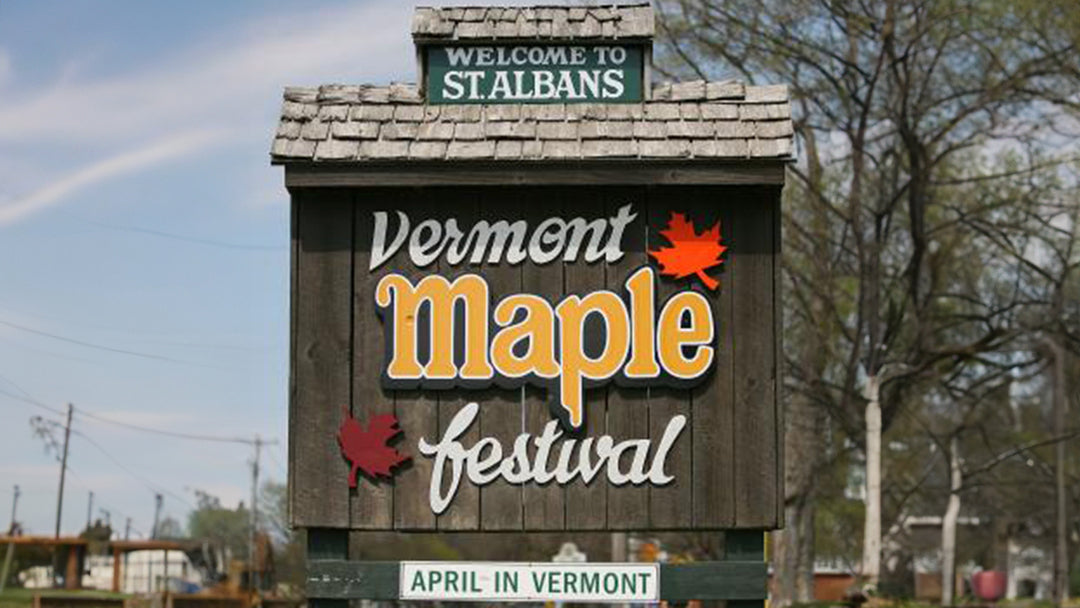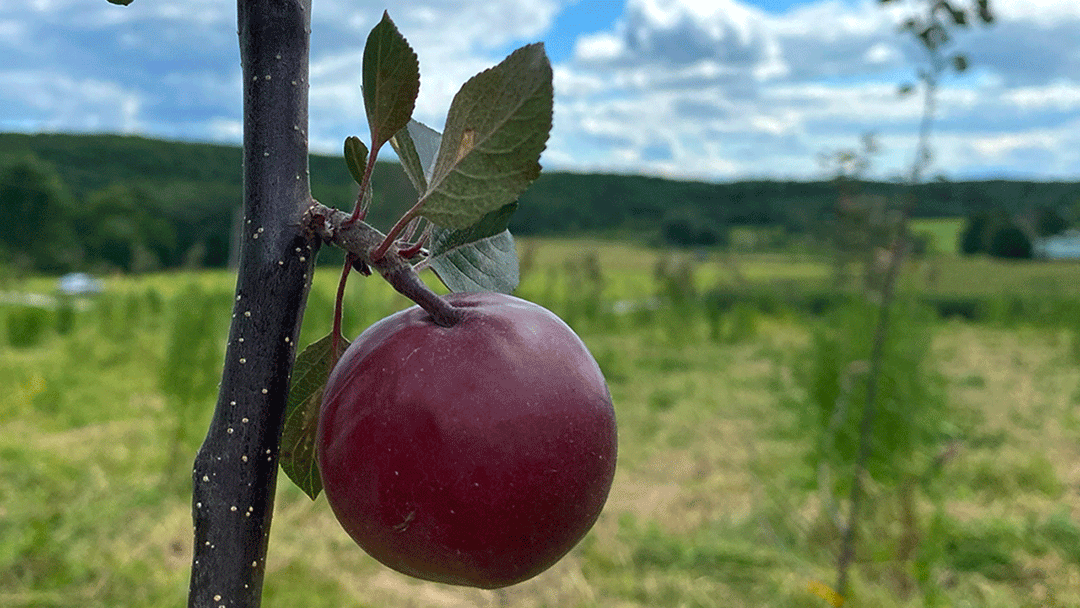Audubon Vermont: Bird-Friendly Participating Producer
I don't need to tell you about Vermont's rich history in the maple syrup trade, but I would like to talk about the maple sugarbush, specifically as a habitat for a variety of species, namely birds. Way back before my parents, Daniel and Karen, decided to expand our agricultural footprint into maple, they always had an appreciation for the different birds you'd see on a daily and seasonal basis.
As a kid, I remember having to go fill the various bird feeders and thinking what a pain in the you know what it was. The payoff was worth it when you'd see a Cardinal or Blue-jay topping off their fuel reserves on the suet block. These birds weren't traveling from far off places just to sample our tasty array of bird treats. No, they called the forests surrounding our farm their home, and we were lucky enough to coax them out in front of our kitchen window to admire them.

Scarlet Tanager
These are some of the reasons why we're proud to announce that we are now recognized by Audubon Vermont as a Bird-Friendly Maple Sugarmaker. To be recognized as a bird-friendly sugarmaker, Audubon Vermont surveys the sugarbush and evaluates the farm's role in regional bird conservation efforts. Additionally, the Audubon biologists provide follow-on recommendations to continue enhancing the forest's habitat value well into the future.
Audubon Vermont's assessment of our forest concluded that, "When all of the forest attributes important to bird habitat are collectively considered, an overall assessment of the subject land is very high. This translates to there being an excellent likelihood that many associated responsibility bird species are able to successfully raise and fledge their young."
The survey also provided recommendations that we will be implementing in our next forest management plan (which is due for 2023), these include:
- Incorporate forest birds and participation in the Bird-Friendly Maple Project as management objectives in the forest management plan.
- Increase % cover of understory vegetation, using appropriate silvicultural treatments, over time.
Overall, we're happy with the results from years of effort, and are happy that going into the future, we can leverage the knowledge of an organization such as Audubon Vermont to continually improve the habitat for our regions native birds.

Wood Thrush
Here are a few of the species you can expect to see if you take a stroll through our sugarwoods:
-
 American Redstart
American Redstart - Black-billed Cuckoo
- Blue Jay
- Eastern Wood-Pewee
- Great-crested Flycatcher
- Hermit Thrush
- Ovenbird
- Red-eyed Vireo
- Scarlet Tanager
- Veery
- Warbling Vireo
- Wood Thrush
- Yellow-bellied Sapsucker

Yellow-bellied Sapsucker
Audubon Vermont
Our brave little state's chapter of National Audubon Society is Audubon Vermont, featuring a 255 acre education facility in Huntington, Vermont. Founded in 1901 as a grassroots organization, the society works to support environmental education, protection, and policy initiatives. If you're a bird enthusiast, supporting your local Audubon Society is a must. Check out this webpage for you nearest Audubon where you can learn more about the birds in your area.







Congratulations! Great things that are happening for Carman Brook Farms and for Vermont.
Great news… for Carman Brook Farms, the birds, and we the people. Thanks for sharing. Your farm’s conservation efforts are greatly appreciated.
Leave a comment